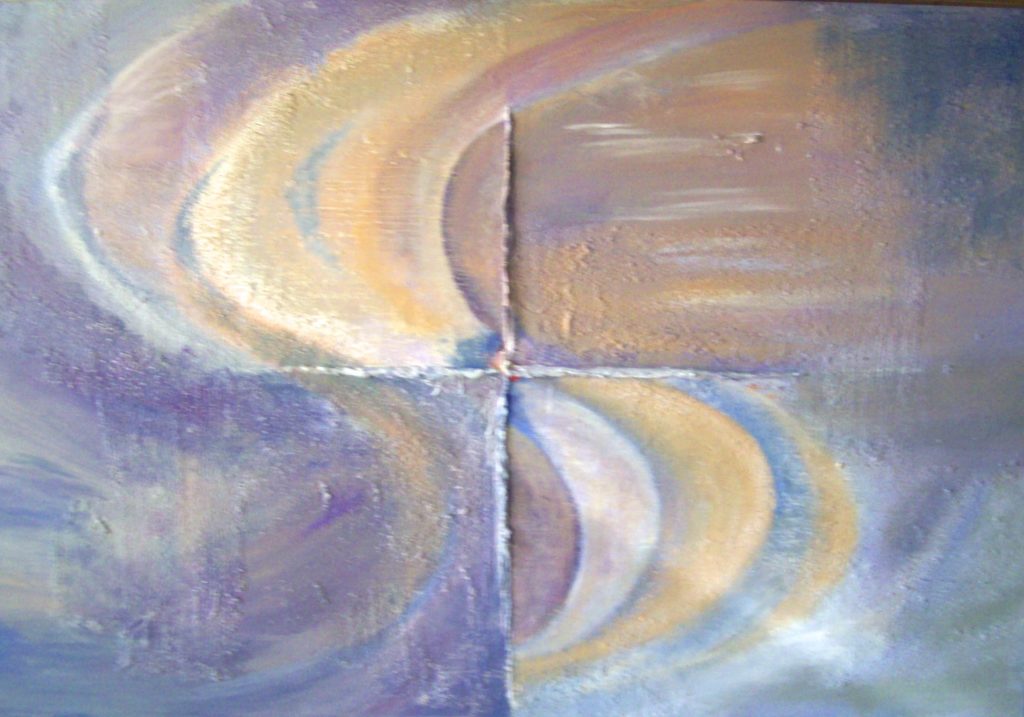
The world of art went through fundamental changes in terms of style toward the end of the nineteenth century. Trying to mirror reality or capturing a moment in time was no longer the purpose of art. The brush strokes, marks, and colors made by an artist gave validity to the world as they interpreted it. In other words, their creation became an end within itself.
Recently I was asked, what is an abstract painting? I didn’t exactly know how to define the answer, so I think I mumbled something like…”If you don’t know what it is, but you sort of like or hate it, it’s abstract.” Personally, I’ve enjoyed and liked some abstract art most of my life. One of my favorite abstract artists is Wassily Kandinsky, who often has been given credit for being one of the first abstract artists, if not the father of abstract art.
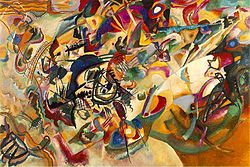
Kandinsky explained his interpretation of his work when asked about his paintings: “Color is the keyboard. The eye is the hammer. The soul is the piano, with its many strings. The artist is the hand that purposefully sets the soul vibrating by means of this or that key.”
Okay, so Kandinsky had a more perfect explanation of what abstract art is than I did, but for some, however, I believe that I nailed it. I’ll try to remember Kandinsky’s lines so the next time I’m asked, I’ll sound more fluid.
The trip toward abstraction began in earnest in the early years of the twentieth century, as artist began to colorfully depict the world around them. Matisse and Fauves used colors for emotional or decorative effects, rather than a means to make objects appear realistic. Pablo Picasso depicted form and space with ground breaking change.
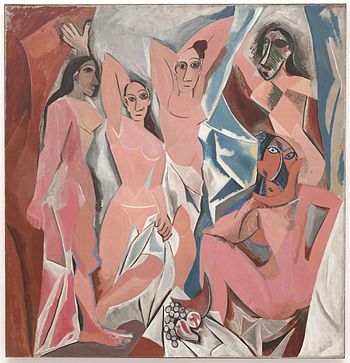
In his Cubist painting, Les Demoiselles d’Avignon, Picasso’s influence came from primitive art. The three women on the left of the work were painted at the start of 1907 when he was inspired by ancient Iberian carving from pre-Roman times. the other two figures were painted when his interest had shifted toward African art.
Along the journey towards abstraction their were many new artists that became the rage. Franz Kline developed a distinctive style of painting after seeing his brushwork magnified through a projector.
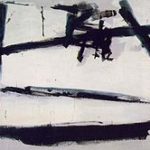
You can see copies of many of Kline’s works in offices even to this day. This particular one is at the Museum of Modern Art, so I do not have to tell you it is valued at a fortune.
Talking about fortunes and then some, if you accidentally stumble across the “dribbler’s”work(Jackson Pollock), it’s like winning the lottery (100 mil or better).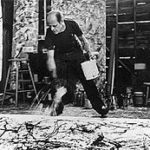 Pollock placed his canvases on the ground and rapidly started pouring, dripping, splashing, and manipulating the paint with a variety of implements.
Pollock placed his canvases on the ground and rapidly started pouring, dripping, splashing, and manipulating the paint with a variety of implements.

Recently, I was asked to do an abstract painting by my nephew and his soon wife to be. I felt it would be a good decision to do as a wedding present, so I decided to tackle the job. Those of you that know me, know I’m more of a realist painter, so when I decide to do the work, I did so with a certain sense of concern. I really was entering a knew world. I did not wish to imitate any other artist’s, so I didn’t even open an art book (which I have more than I should) to seek ideas. No, I grabbed some acrylic paints and a small board canvass, turned on a Ludvig Von Beethoven CD (Yes, I listen to music sometimes when painting…jazz, blues, rock-and-roll, rock, and sometimes classical.), and began slapping paint to canvas. However, it wasn’t until Beethoven’s 5th Symphony came on did the brush, colors, and canvas become one. Suddenly, it was right in front of me. The idea I was looking for! Now, all I had to do was get the composition onto a much larger canvas.
I hope you enjoy:
